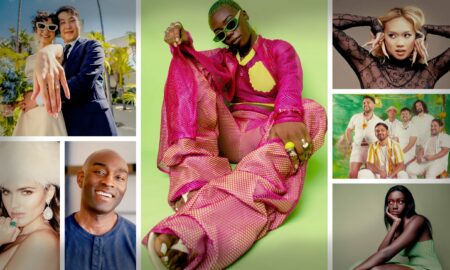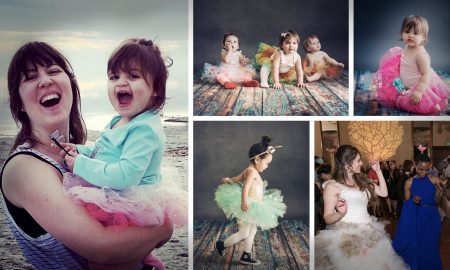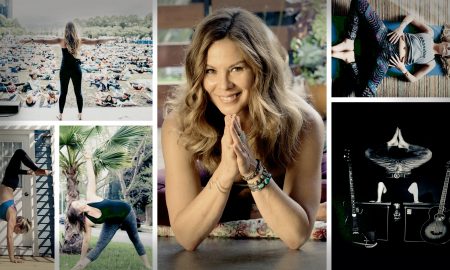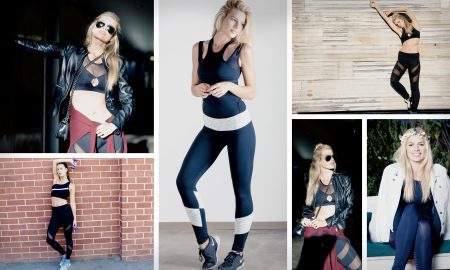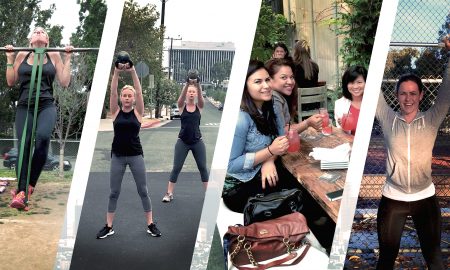

Today we’d like to introduce you to Hongbin Kim
Hi Hongbin, we’re thrilled to have a chance to learn your story today. So, before we get into specifics, maybe you can briefly walk us through how you got to where you are today?
I was born in Korea and began my journey as an artist deeply influenced by my upbringing in Mokdong, a structured yet vibrant neighborhood in Seoul. Mokdong often felt like a small, confined world, and this experience shaped my early artistic curiosity, prompting me to reflect on themes of boundaries and freedom.
I earned both a bachelor’s and master’s degree in painting from Hongik University and later moved to the United States in 2023 to complete an MFA at the School of Visual Arts in New York. Relocating to New York was a transformative moment, akin to diving into a vast ocean filled with opportunities, challenges, and diverse perspectives. The city’s dynamic energy inspired me to explore themes of chaos, resilience, and adaptation, particularly as I navigated the complexities of establishing an artistic career far from home.
My work often embraces dualities, reflecting my artist name, Vanhada, which means both “to fall in love” and “to oppose” in Korean. I explore a wide range of themes, from environmental consciousness to the balance between personal identity and collective dreams, always striving to find harmony within contrasts.
Recently, I have expanded into collaborative projects, hosting exhibitions that foster connection and dialogue with public audiences in New York. Through partnerships with spaces like Something Sweet Gallery Cafe and collaborations as the artist VANHADA, I’ve had the opportunity to merge art with community experiences, enriching both my creative practice and audience engagement.
This journey has been far from straight linear, but I have no regrets. The past two years in New York have been a testament to the power of perseverance and adaptability, both in art and in life.
Alright, so let’s dig a little deeper into the story – has it been an easy path overall and if not, what were the challenges you’ve had to overcome?
The past two years in New York have been far from smooth—a journey filled with challenges, growth, and moments of self-discovery. Moving from Korea to New York brought with it cultural adaptation, financial pressures, and the uncertainty of starting fresh in one of the most competitive art scenes in the world.
The structured environment in Korea provided a sense of stability, but it also left me feeling lethargic. Transitioning to New York, with its seemingly infinite possibilities, was even more overwhelming than I had imagined. In this city brimming with talent, I’ve never allowed myself to relax, always striving to establish my place as an artist.
Financial challenges were another significant obstacle. Art supplies, studio space, and even the cost of living in New York were dauntingly expensive, and balancing the demands of my artistic practice with financial stability was often overwhelming. Building a network in an unfamiliar environment was also a hurdle. With no established connections, I had to step out of my comfort zone to engage with the art community, meet curators, and introduce my work to audiences who were strangers to my story.
In some ways, I felt like a fish that had once swum freely in a river, only to find myself compressed in the vast depths of an ocean. Adding to this, my limited English skills during the early days in New York made me feel like a child trying to mimic the life of an adult.
Despite all these challenges, each obstacle has taught me invaluable lessons. They have pushed me to refine my artistic vision, embrace collaboration, and seek creative solutions. The road has been bumpy, but it has made me a stronger and more adaptable artist, and I’ve come to deeply appreciate the beauty in the struggle.
Can you tell our readers more about what you do and what you think sets you apart from others?
We’d love to learn more about your work. What do you do, what do you specialize in, what are you known for, etc. What are you most proud of? What sets you apart from others?
I specialize in abstract paintings made with acrylics, often incorporating layers of acrylic such as paper, posters or stickers. These layers symbolize the fragility and complexity of modern life, a recurring theme in my work. My art reflects personal experiences, such as the challenges of adapting to life in New York, environmental concerns, or the tension between individual identity and collective experience.
I’m most proud of the way my art has resonated with diverse audiences, particularly through public exhibitions in spaces like large gallery windows or collaborative projects with local communities. One of my favorite recent achievements was an exhibition in New York’s Tribeca, where my work was displayed in a public-facing window. Seeing how passersby engaged with my art—whether pausing to reflect or taking photos—was a profound moment that reminded me of the power of art to connect people unexpectedly.
What sets me apart is my ability to blend cultural influences and dual narratives into my work. Growing up in Korea and later immersing myself in New York’s fast-paced environment has allowed me to approach art with a global perspective, bridging tradition and innovation. I also prioritize making my work accessible and relatable, often incorporating everyday materials or themes that invite viewers to see themselves in my art.
Above all, I strive to tell stories that are authentic, layered, and deeply human—stories that celebrate both struggle and beauty, individuality and community. For me, art isn’t just about creating—it’s about connecting, inspiring, and pushing boundaries.
We’re always looking for the lessons that can be learned in any situation, including tragic ones like the Covid-19 crisis. Are there any lessons you’ve learned that you can share?
The COVID-19 crisis was a transformative period that reshaped not only how I work but also how I perceive the role of art in our lives. One of the most important lessons I learned during this time was the value of adaptability and the importance of slowing down to reflect on what truly matters.
With galleries closed and in-person opportunities disappearing, I faced personal challenges as well. I lost my studio space, and despite being accepted to the School of Visual Arts (SVA) in New York in 2020, I had to postpone my plans to move to the U.S. and take a two-year leave due to the pandemic. During that time, I couldn’t actively create new works, but I turned inward, focusing on experimentation and self-reflection to recalibrate both personally and artistically. As an artist, the pandemic became a moment of reevaluating my creative process and artistic goals.
During this hiatus, I registered my artist logo, VANHADA, and began designing and producing merchandise and apparel. This allowed me to express and market my work in new and innovative ways. At the same time, I pursued photography professionally, which gave me an opportunity to expand my creative direction while maintaining financial stability.
The pandemic also brought profound changes to my personal life. With my plans to study abroad delayed, I met my now-wife, who had returned to Korea from China during that period. We met in Korea, got married, and built a life together—something that would never have happened had it not been for the pandemic.
Ultimately, the COVID-19 crisis turned out to be a blessing in disguise for me. While not every crisis brings fortune, I believe that challenges can provide opportunities for healing, growth, understanding, and new connections.
Pricing:
- $ The price of each work varies.
Contact Info:
- Website: https://www.vanhada.art
- Instagram: https://www.instagram.com/_vanhada_/








Image Credits
Hongbin Kim

